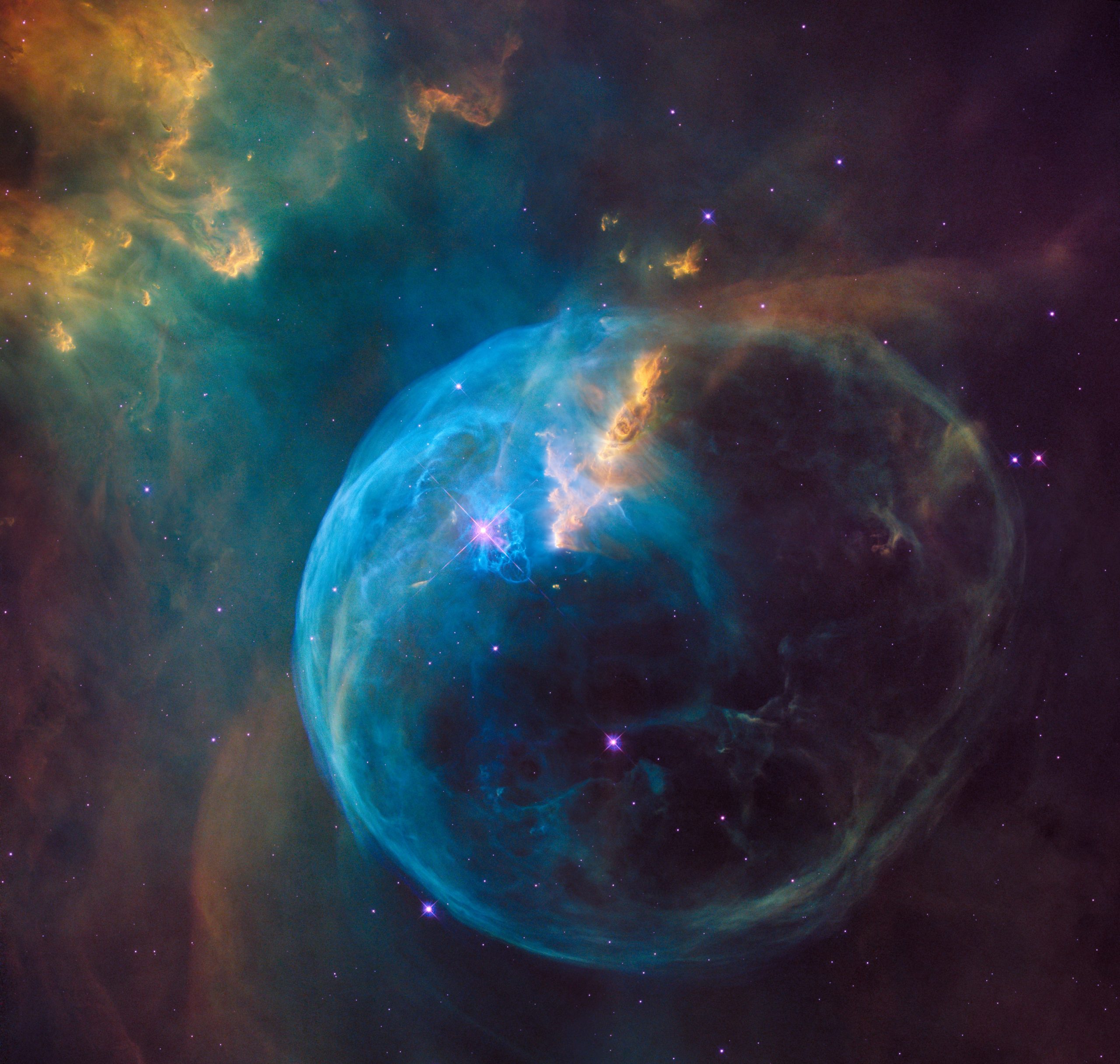What is Waxing and Waning?
Have you ever looked up into the night sky and noticed the moon changing its shape? One night it’s a thin crescent, and a few weeks later, it’s a full, round circle. This phenomenon is known as the waxing and waning of the moon. In this blog post, we will explore what waxing and waning mean, how they occur, and why they are significant.
The Phases of the Moon
Before we delve into waxing and waning, let’s briefly discuss the different phases of the moon. The moon appears to change shape throughout the month due to its position in relation to the Earth and the Sun. There are eight primary moon phases:
- New Moon
- Waxing Crescent
- First Quarter
- Waxing Gibbous
- Full Moon
- Waning Gibbous
- Last Quarter
- Waning Crescent
Note: The terms “waxing” and “waning” are used in relation to the phases of the moon.
Waxing:
Waxing refers to the moon’s appearance as it transitions from a New Moon to a Full Moon. During this period, the illuminated part of the moon visible from Earth increases in size. The term “waxing” originates from the Old English word “wexan,” meaning “to grow” or “increase.”
As the moon progresses through its waxing phases, it starts as a thin crescent, gradually filling in until it reaches a fully illuminated disc. Here is a breakdown of the waxing phases:
- New Moon: The moon is not visible from Earth.
- Waxing Crescent: A small sliver of the moon is visible, and it appears to be growing.
- First Quarter: Half of the moon is illuminated, resembling a half-circle.
- Waxing Gibbous: Most of the moon is visible, and it continues to grow.
- Full Moon: The entire face of the moon is brightly lit.
This progression from New Moon to Full Moon typically takes about two weeks.
Waning:
Waning is the opposite of waxing. It refers to the moon’s appearance as it transitions from a Full Moon back to a New Moon. During this period, the illuminated part of the moon visible from Earth decreases in size. The term “waning” comes from the Old English word “wanian,” meaning “to decrease” or “diminish.”
As the moon progresses through its waning phases, it gradually goes from a fully illuminated disc to a thin crescent and eventually disappears. Here is a breakdown of the waning phases:
- Full Moon: The moon is entirely illuminated.
- Waning Gibbous: The illuminated portion of the moon starts to decrease in size.
- Last Quarter: Half of the moon is illuminated, resembling a half-circle.
- Waning Crescent: A small sliver of the moon is visible, and it appears to be shrinking.
- New Moon: The moon is not visible from Earth.
Similar to waxing, the entire waning phase usually takes around two weeks.
Why are Waxing and Waning Significant?
The waxing and waning of the moon have cultural, scientific, and practical significance. Here are a few reasons why they are significant:
Astronomy and Navigation:
Waxing and waning patterns of the moon are essential for astronomers and navigators to determine the moon’s phase accurately. This information helps calculate various astronomical events and timekeeping. For instance, sailors have historically relied on the moon’s phase to track the tides and navigate the open seas.
Ancient Calendars and Festivals:
In many ancient cultures, the moon’s phases were significant for marking the passage of time and determining important dates. Calendars such as the Islamic Hijri calendar and the Chinese lunisolar calendar rely on the moon’s waxing and waning patterns to calculate months and years.
The moon’s phases also play a crucial role in various religious and cultural festivals, such as the Islamic holy month of Ramadan, which begins with the sighting of the waxing crescent moon.
A Spiritual Connection:
Throughout history, the moon has been associated with spiritual and mystical symbolism. Its waxing and waning cycles have often been interpreted as representations of birth, growth, death, and rebirth. Many spiritual practices and rituals align with moon phases to harness the energy they believe the moon emits during different stages.
Natural Cycles and Wildlife:
The moon’s phases influence various natural phenomena and wildlife behaviors. For instance, the moon’s brightness during the full moon can affect the breeding and mating habits of nocturnal animals. Additionally, some plant species rely on the moon’s phases to guide their growth and flowering processes.
Conclusion
Understanding the concepts of waxing and waning is key to appreciating the ever-changing nature of the moon. From navigation and cultural traditions to spiritual connections and wildlife behaviors, the moon’s phases influence various aspects of our lives. Next time you gaze at the night sky, take a moment to appreciate the celestial dance of waxing and waning that has fascinated humanity for centuries.
Table of Contents
